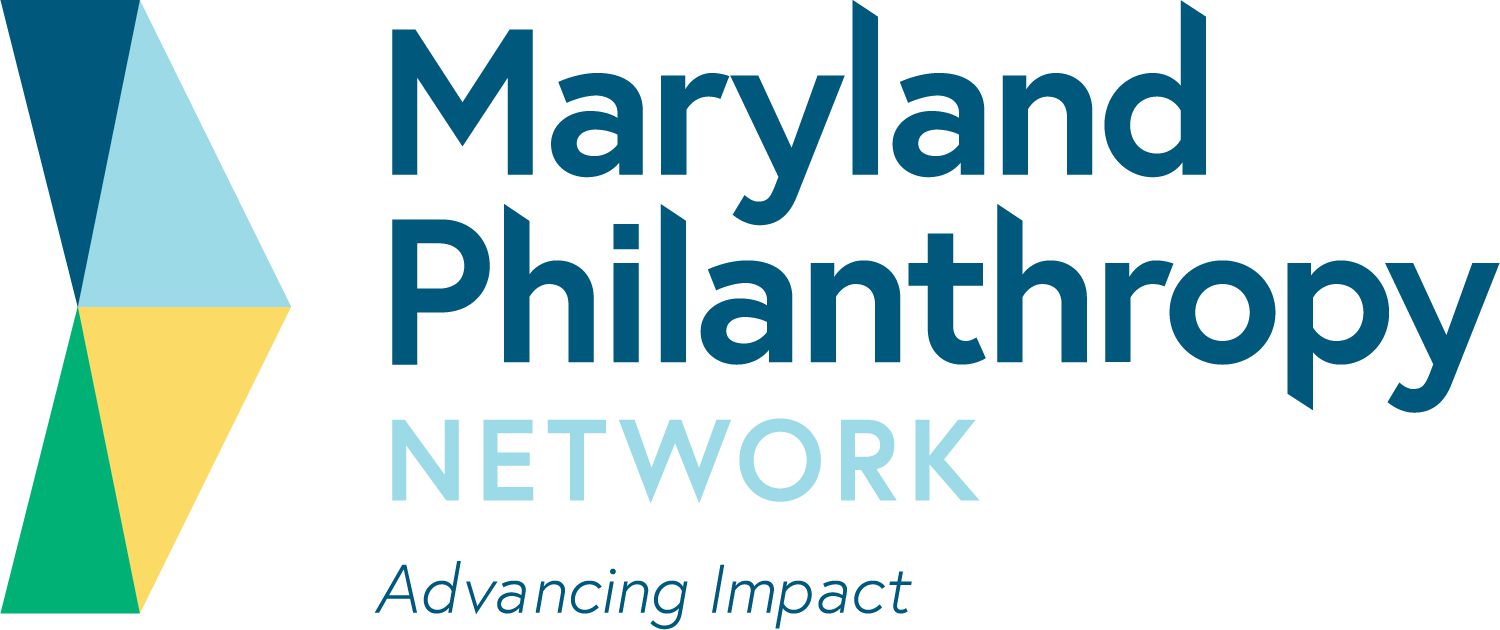Ten Essential Questions for Philanthropic Grant-Making, Policies, and Practices
CHANGING THE FUTURE
Stepping Toward Equity…
In recent years, foundations and other funding institutions across the nation have turned their attention to the concept of incorporating a “DEI (Diversity, Equity, and Inclusion),” “REI Racial Equity and Inclusion),” “REEI (Racial and Ethnic Equity and Inclusion),” or “Healing and Reconciliation” Lens in their grantmaking processes.
Not discussed as often is the analytical frame that undergirds these marketing terms; the “change” the institutional funding entity is trying to address: expanding “diversity” — a more balanced blend of who they fund without changing any of the underlying power dynamics that maintain root causes; increasing “inclusiveness” — deciding upon what increased agency funding entities will allow grantees while maintaining control of the rules, practices, and process of funding; or re-envisioning philanthropy by honestly addressing and working to change current “whiteness-normed” power dynamics that truncate systemic change in funding relationships and in greater society.
Modern American philanthropy has been based on a mixture of four traditions: philanthropy as “relief” (benevolence; charity [“almsgiving”]; giving to those in need from “noblesse oblige”); philanthropy as “improvement” (giving to “maximize human potential”); philanthropy as “social reform” (“…to identify and solve public problems…through experimentation and the innovative use of venture capital,” through the foundation’s ability to “…spot emergent problems, diagnose them, and test alternative ways to deal with them”); and philanthropy as “civic engagement” (“…investing resources in strengthening relationships and nurturing conversations among citizens, in order to build…more reflective and resourceful local communities”).
In each of these traditions, however, as well as in the ways in which modern American grantmaking is turning attention to re-envisioning itself toward “equity grant-making,” adjustments given in this journey have been weighted more toward bending historical grant-making rules than re-defining them. Regardless of the race, economic class, or other historic “ism” identifier of the people within grant-making institutions, philanthropic giving is still governed according to the power dynamics and operational norms that have been steady practices of modern, whiteness-normed, philanthropic giving.
This pocket guide is a concrete educational tool for both institutional and individual philanthropists wanting to translate their commitment to justice and equity to practical application in grant-giving — or more importantly, to re-think and redesign the ways in which philanthropy operates.
CHANGING THE FUTURE
The Work of Associated Black Charities…
Associated Black Charities (ABC) is determined to change the future. We seek — through policy-related education and advocacy, collaborations, philanthropy, and
incubation and testing of strategic intervention models — to strengthen Maryland’s economy by focusing on the economic growth, economic inclusion, and economic influence of African Americans.
In Maryland, ABC is a champion for economic transformation for African Americans and other marginalized communities in areas related to our organizational mission — to advocate and facilitate the creation of measurably healthier and more prosperous communities through responsible leadership and philanthropic investment throughout the state of Maryland.
Supporting good philanthropy is an essential component of our work. Because philanthropy is not “race neutral,” we work within the philanthropic sector to build greater understanding of why using a racial equity lens matters and how to use it effectively. A shared understanding of this lens by institutional and individual philanthropists increases the potential for transformation of philanthropic policies, grant-making practices, and a society in which all families and communities have equitable opportunity to thrive.
| Attachment | Size |
|---|---|
| Assoc. Black Charities 10 Ess. Q's Philanthropy.pdf | 513.11 KB |
FIND MORE BY:

